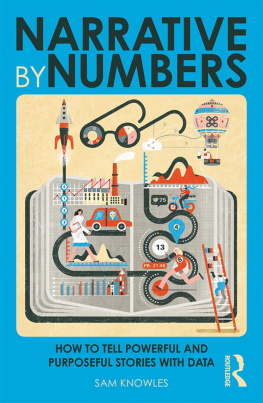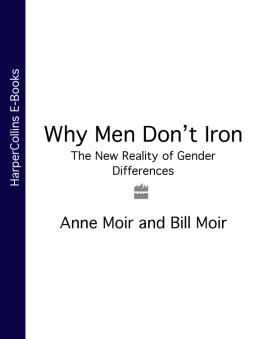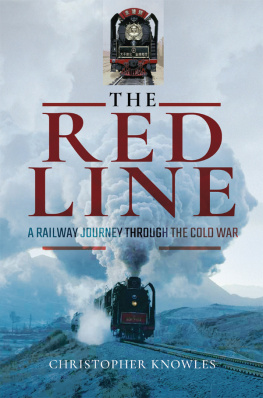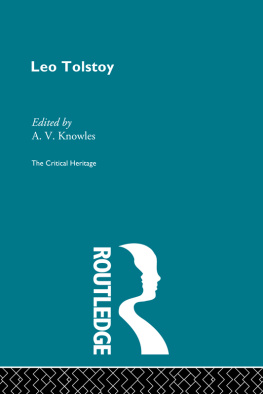Anne Kelly Knowles is a historical geographer who teaches at Middlebury College, where she has been a member of the Department of Geography since 2002. She is the author of Calvinists Incorporated: Welsh Immigrants on Ohios Industrial Frontier, also published by the University of Chicago Press, and the editor of Placing History: How Maps, Spatial Data, and GIS Are Changing Historical Scholarship.
The University of Chicago Press, Chicago 60637
The University of Chicago Press, Ltd., London
2013 by The University of Chicago
All rights reserved. Published 2013.
Printed in China
21 20 19 18 17 16 15 14 13 1 2 3 4 5
ISBN-13: 978-0-226-44859-6 (cloth)
ISBN-10: 0-226-44859-2 (cloth)
ISBN-13: 978-0-226-44861-9 (e-book)
ISBN-10: 0-226-44861-4 (e-book)
Library of Congress Cataloging-in-Publication Data
Knowles, Anne Kelly.
Mastering iron: the struggle to modernize an American industry, 18001868 / Anne Kelly Knowles; cartography by Chester Harvey.
pages; cm.
ISBN 978-0-226-44859-6 (cloth: alk. paper)ISBN 0-226-44859-2 (cloth: alk. paper)ISBN 978-0-226-44861-9 (e-book)ISBN 0-226-44861-4 (e-book) 1. Iron industry and tradeUnited StatesHistory. I. Title.
HD9515.K56 2013
338.476691097309034dc23 2012006826

This paper meets the requirements of ANSI/NISO Z39.48-1992 (Permanence of Paper).
INTRODUCTION
Iron in America
Iron is the most plentiful element on earth. Harder and more durable than copper and much less costly than bronze, iron was for thousands of years the primary metal of agriculture, conquest, and industry throughout the world.
In modern times, the apogee of irons importance came in the late eighteenth and early nineteenth centuries. The rise of factory production and the construction of railroads in Europe and North America required an enormous increase in iron production. Historians have acknowledged the central significance of the iron industry to Great Britains economy during this period. By 1800 Britain had become the worlds dominant low-cost, high-volume producer of iron, a position it retained until nearly the end of the nineteenth century. In United States historiography, however, the iron industry plays only a minor role, when it is mentioned at all, in accounts of Americas dramatic change from a nation of farmers at the beginning of the nineteenth century to an industrial powerhouse by the end of the Civil War. We know far less about this crucial period of the industrys expansion and change than we do about the rise of the corporate steel industry in the late nineteenth and early twentieth centuries.
The scholarly literature on antebellum iron falls mainly into two types of studies. Histories of individual ironworks give a good sense of how iron companies operated and the nature of labor, particularly at small, family-owned works. While these regions did account for most of the iron produced during the antebellum period, taking them as the main story has given us a rather skewed, incomplete understanding of the industry. No one has compared development across all the countrys iron regions, nor has any study taken a comprehensive approach to the many factors that influenced the industrys developmentnamely, technological change, labor, management, capital, transportation, and the physical and social contexts in which this heaviest of heavy industries was embedded.
Why hasnt the iron industry been a central part of the narrative of early nineteenth-century American industrialization? That narrative has for some decades mainly told the stories of factory-based industries, particularly those producing textiles, railroads, machine tools, and small arms. Each has come to represent powerful themes in the historiography of antebellum America. Textile mills are the prime example of the substitution of machines for labor, a step in industrialization that was particularly important in the United States because of the relatively high cost of American labor. Textile company owners exemplify the shift of mercantile wealth to domestic manufactures. The many improvements that American mechanics made to British-designed mill machinery fit the image of antebellum America as a nation of mechanics and inventors. Labor also plays a prominent role in the history of the textile industry, whether as a newly feminized workforce in corporate New England factories or as the more mixed labor working for Philadelphia proprietors. Railroads have long fascinated historians because of their heavy capital requirements, the immense wealth some railroad companies generated, and their political clout. They transformed transportation, commerce, and settlement and symbolized the exuberant potential for unifying a vast nation. The machine tool and small arms industries, while less prominent, stand out as examples of American ingenuity and mechanical acumen, of solving practical problems to increase industrial efficiency.
The iron industry differed in many ways from these well-known industries. Iron was the last major industry to be mechanized; by 1870 the process had scarcely begun. Technological innovations that increased productivity did not replace laborquite the contrary; they created new divisions of labor that increased the number of skilled positions and required more workers. In contrast to the workforce at many textile mills, all ironworkers were male. The demand for skill in the iron industry put a premium on experienced immigrant labor, while the nature of ironmaking technologies created bottlenecks that gave men in certain skilled occupations exceptional control over production. These circumstances contributed to the late development of unions in the American iron industry; the first ironworkers union was organized in 1858. In relation to other heavy industries, the greatest difference in ironmaking was its sensitivity to the quality of resources, particularly the chemical content of coal and iron ore, and the cost of transporting raw materials and finished goods. Geography and geology influenced the American iron industrys development in fundamental ways, from where ironworks were located to what they produced, how long they survived, what technology they employed, and the size and characteristics of their workforces.
Recognizing the differences between iron and other leading American industries makes the story of industrialization more complicated. There was no one dominant American model of ironmaking before or during the Civil War, just as there was no one model for textile manufacturing, as Philip Scranton showed in his study of textile firms in greater Philadelphia. The same was true in most iron regions of the United States.
Another obstacle preventing irons inclusion in our national narrative of industrialization may be the industrys great variety of forms, for its multifarious objects and landscapes resist symbolization. In America as Second Creation, historian David E. Nye observed, For those who arrived after Columbus, neither ancient sacred places nor local stories of origin were possible. Instead, the new Americans constructed stories of self-creation in which mastery of particular technologies played a central role. Nye goes on to explain that these stories fixed on iconic objectsthe ax, water-powered mills, canals, and railroadseach of which was associated with a characteristic landscape and phase of American economic development. The ax, for example, was the main tool for clearing forests and building log cabins for self-sufficient agriculture on the frontier. Mills anchored villages and towns that housed the countrys first industrial working class and created the fortunes of its first industrial capitalist elite.

 This paper meets the requirements of ANSI/NISO Z39.48-1992 (Permanence of Paper).
This paper meets the requirements of ANSI/NISO Z39.48-1992 (Permanence of Paper).








